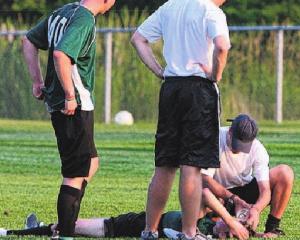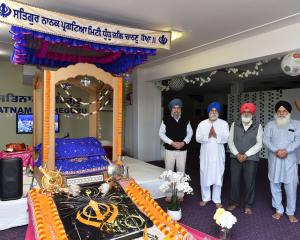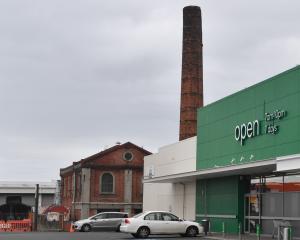Child protection and medical services have defended their roles in a baby being taken from her parents.
They were commenting after a High Court decision found her injuries were unlikely to have been caused by the parents.
High Court Judge Graham Panckhurst has overturned care and protection orders made against the parents after they took their 8-month-old daughter to Dunedin Hospital in July 10, 2011, where it was found she had numerous fractures of the ribs, limbs and skull.
On July 15, the Ministry for Social Development applied, without notice to the parents, for an interim custody order, which was granted.
Then, on July 22, a diagnosis of rickets was confirmed.
In a Family Court hearing in November 2011,before Judge Stephen Coyle, it was concluded, after specialist evidence was heard, the injuries were non-accidental and must have been caused by her parents because no-one else had the opportunity to do so, Justice Panckhurst's decision said.
A care and protection order was made, and the child placed in the care of a family member. The family then appealed the order to the High Court.
Justice Panckhurst said he agreed with Judge Coyle's finding that the initial conclusion the baby's injuries were non-accidental was reached with ''`unseemly haste'' and before the diagnosis she had vitamin D deficiency rickets.
Judge Coyle also found the paediatrician's assessment the baby's injuries were life-threatening was ''clearly an exaggeration'', yet it comprised the catalyst for the interim custody order without notice.
Justice Panckhurst: ''The treatment of the parents and the circumstances surrounding the initiative to have C [the baby] removed from her parents care also provide cause for concern.''
Symptoms of significant rickets did not show on X-rays, an issue medical experts did not agree on during the case, he said.
Southern District Health Board patient services medical director Dick Bunton said staff followed established protocols, which were in place to protect babies and children from harm.
''Without commenting on this case in particular, we believe that when these are followed with empathy and respect, they are appropriate. We will review the judgement to see if any changes are required.''
Child, Youth and Family southern regional director Kelly Anderson said the department accepted the High Court decision.
''This was an incredibly complex case with conflicting medical evidence.''
The original decision to place the baby in the care of wider family was made by the Family Court after considering the medical evidence and the opinions of various specialists.
The department's role and legal mandate was to act in the best interests of the child.
At the time, social workers were confronted with a 14-week-old baby with numerous unexplained fractures. Specialists believed these injuries were non-accidental, she said.
''We believed that the best option was for this baby to be placed in care and the Family Court agreed.
''In cases like this we rely on advice from experts and we will continue to do so.''
Rickets
• Covers a range of bone conditions
• Vitamin D deficiency causes soft bones in adults; in children it causes rickets.
• Sometimes known as the ''English disease'', as it was common when industrial pollution limited sunlight exposure in industrialised areas.
• In growing children, it causes failure of bone formation in the growth plate, causing delayed growth, limb deformity (bowing) and in some cases, fractures.
• Is the most severe consequence of Vitamin D deficiency and only occurs in a small minority of cases.
*Source: Justice Panckhurst's High Court decision.












